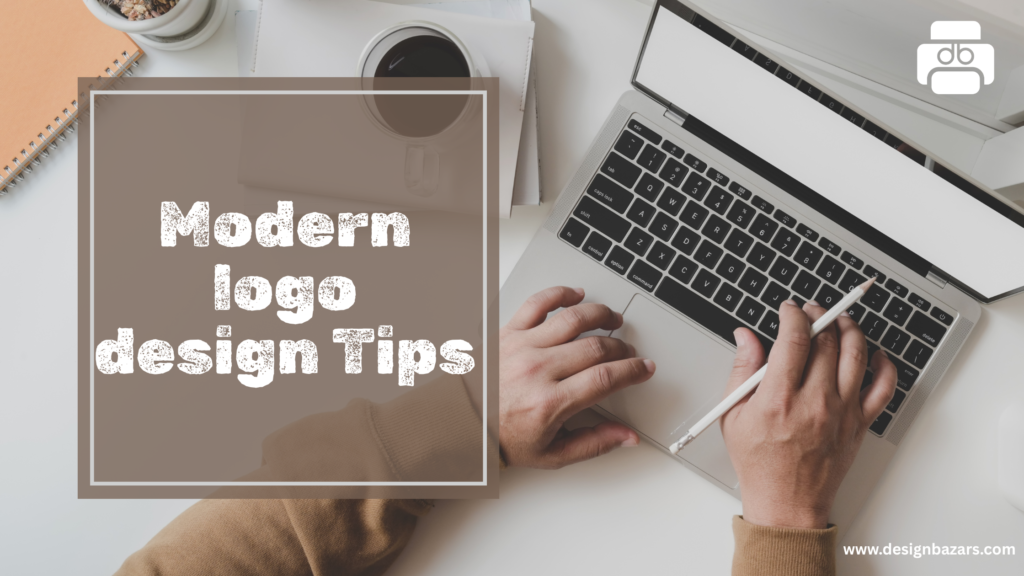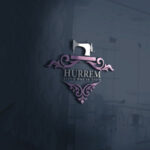Modern logo design is more than just an image; it is the face of a brand. In today’s digital landscape, businesses are constantly competing for attention, and a well-designed logo can make all the difference. Whether you’re a business owner, graphic designer, or marketer, understanding modern logo design principles is essential. This guide will explore the latest trends, best practices, and key considerations to help you create a logo that stands out.
1. Understand the Brand Identity
Before you start designing a logo, it’s crucial to understand the brand’s identity. A logo should reflect the company’s mission, values, and personality. Ask yourself the following questions:
- What does the brand represent?
- Who is the target audience?
- What emotions should the logo evoke?
By answering these questions, you can ensure that your design aligns with the brand’s essence and effectively communicates its message.
2. Simplicity is Key
One of the golden rules of modern logo design is simplicity. A clean, minimalistic design is easier to recognize and remember. Overly complex logos can be difficult to reproduce on different platforms and may lose their impact when scaled down.
A simple design ensures:
- Easy recognition
- Versatility across different mediums
- Long-term relevance
Take inspiration from brands like Apple, Nike, and McDonald’s. Their logos are simple yet instantly recognizable worldwide.

3. Use a Unique and Memorable Design
Your logo should be distinctive to stand out in a crowded marketplace. Avoid generic symbols and overused design elements. Instead, strive for a unique concept that captures the essence of your brand. A memorable logo helps in building strong brand recognition and customer loyalty.
4. Choose the Right Colors
Color plays a significant role in logo design as it conveys emotions and influences consumer perception. Each color has a psychological impact:
- Red – Energy, passion, urgency
- Blue – Trust, professionalism, calmness
- Green – Growth, health, sustainability
- Yellow – Optimism, happiness, friendliness
- Black – Elegance, sophistication, power
Choose a color scheme that aligns with your brand values and message. Ensure that your logo looks good in both color and grayscale.
5. Typography Matters
Fonts convey personality and tone. When selecting typography for your logo, consider the brand’s identity. Some common font styles include:
- Serif Fonts (e.g., Times New Roman, Garamond) – Traditional, trustworthy, and professional
- Sans-serif fonts (e.g., Helvetica, Arial) project a contemporary, sleek, and uncluttered aesthetic.
- Script Fonts (e.g., Pacifico, Brush Script) – Elegant, creative, and sophisticated
- Display Fonts (e.g., Impact, Lobster) – Unique, bold, and attention-grabbing
Ensure that the font is legible and complements the overall design.
6. Make It Versatile
A great logo should work well across various platforms, including websites, business cards, packaging, and social media. Design your logo in different formats:
- Vector format (SVG, AI, EPS) – Scalable without losing quality
- Raster format (PNG, JPG) – For online use
- Black & white version – Ensures visibility in all contexts
Test your logo on different backgrounds and sizes to ensure adaptability.
7. Incorporate Negative Space Creatively
Negative space is the empty space around or within a logo that can create hidden images or symbols. This technique adds depth and makes a logo more interesting. A famous example is the FedEx logo, which has a hidden arrow between the ‘E’ and ‘x’, symbolizing speed and precision.
Using negative space effectively can make your logo stand out and provide an additional layer of meaning.
8. Keep It Timeless
While it’s important to be aware of design trends, avoid creating a logo that relies too much on passing fads. A well-designed logo should remain effective and relevant for years to come. Timeless logos, such as those of Coca-Cola and Mercedes-Benz, have remained largely unchanged over the decades.
Focus on a design that will withstand the test of time rather than something that might feel outdated in a few years.
9. Ensure Scalability and Responsiveness
With the increasing use of digital platforms, logos must be scalable and responsive. A great logo should look good on both large billboards and small mobile screens. Many brands now adopt responsive logo design, where the logo adjusts its complexity based on screen size.
Consider designing:
- A full logo (for large displays)
- A simplified version (for mobile use)
- An icon or symbol (for social media and app icons)
10. Test Before Finalizing
Before launching your logo, test it with a sample audience. Gather feedback on elements such as:
- Readability
- Emotional impact
- Memorability
You can also run A/B tests to see which version resonates best with your target audience. A well-tested logo ensures a strong first impression and lasting impact.
11. Follow Current Trends (But Don’t Overuse Them)
While a timeless logo is ideal, staying updated with design trends can help keep your brand fresh. Some current logo design trends include:
- Minimalist logos – Clean and simple designs with fewer details
- Gradient colors – Vibrant and eye-catching effects
- Hand-drawn elements – Personalized and authentic touch
- Geometric shapes – Modern and structured look
However, avoid blindly following trends. Use them strategically while maintaining originality.
12. Work with a Professional Designer
If you’re not experienced in logo design, consider hiring a professional graphic designer. While DIY tools like Canva or Adobe Express can help, a professional designer can provide a unique and high-quality logo tailored to your brand’s needs.
A professional will:
- Understand branding principles
- Ensure originality
- Provide various file formats for different uses
Investing in a professional logo design can significantly impact your brand’s success.
Conclusion
An impactful logo serves as a crucial visual identity for any brand. By focusing on simplicity, uniqueness, versatility, and relevance, you can create a logo that leaves a lasting impression. Whether you’re designing a logo from scratch or revamping an existing one, following these tips will help you craft a logo that not only looks great but also effectively represents your brand identity.
A well-designed logo isn’t just an image, it’s a statement. Ensure your logo effectively communicates your brand’s essence and values!














